|
By: Jenna Krathwohl Domestic violence is extremely common even though it is still seen as a private matter. Domestic violence is more common than diabetes. In fact, it is estimated that 42.5% of Indiana women and 27.9% of Indiana men experience intimate partner physical violence, intimate partner sexual violence, and/or intimate partner stalking in their lifetimes (1). Despite its prevalence, it can be difficult to know how to recognize abuse and what to do if it happens. There is no typical personality of an abuser. In fact, abusers can come in all genders, sexualities, nationalities, abilities, and ages. Anyone can be an abuser, just as anyone can be a victim. However, there are some common traits listed below that domestic abusers may have in common (2).
There are other warning signs that a person may be an abuser. It is important to understand that that these are potential warning signs and it does not imply someone may be an abuser. These are just some of the traits (2).
If you or someone you know is experiencing domestic violence and/or sexual assault, call our confidential hotline at (317) 731-6140. Victim advocates are trained to provide free help, referrals, and resources for those in need. There is hope for survivors. In the case of an emergency, please call 9-1-1. (1) National Center for Injury Prevention and Control (2019). The National Intimate Partner and Sexual Violence Survey: 2010-2012 State Report. Centers for Disease Control and Prevention. Retrieved from https://www.cdc.gov/violenceprevention/pdf/NISVS-StateReportBook.pdf (2) National Coalition Against Domestic Violence (N.D.). Signs of Abuse. National Coalition Against Domestic Violence. Retrieved from https://ncadv.org/signs-of-abuse By: Jenna Krathwohl PTSD, or post-traumatic stress disorder, is a condition that affects many survivors of abuse. PTSD first became a mental health diagnosis in 1980, thanks to the influence of many social movements including feminist, veteran, and Holocaust advocacy groups [1]. Although PTSD is often associated with war, PTSD can be caused by any traumatic event, including sexual assault and domestic violence. In fact, according to the National Center for PTSD, about 7 or 8 of every 100 people will experience PTSD at some point in their lives [2]. Because PTSD is so common, it is important that we understand how PTSD can appear in victims. PTSD symptoms do not always occur right after the traumatic event. In fact, they can occur many months or even years after the event.
There are two main types of symptoms that occur with PTSD. The first is re-experiencing symptoms. These symptoms involve the victim experiencing the traumatic event again in some fashion. This can look like flashbacks, bad dreams, and frightening thoughts. Often, physical side effects, such as sweating, hives, and/or heart palpitations, can accompany these symptoms. The second type of symptom includes avoidance symptoms. A person may want to avoid a thing, place, event, or object that reminds them of the event. For example, if a certain song played while a victim was being abused, they may take extreme action to avoid hearing that song again. They may also avoid thoughts or feelings related to the event, such as talking about the event. Other PTSD symptoms include arousal and reactivity symptoms and cognition and mood symptoms. Arousal and reactivity symptoms include being easily startled, feeling tense or “on edge”, difficulty sleeping, and angry outbursts. Cognition and mood symptoms include trouble recalling the traumatic event, negative feelings towards oneself or the world, feelings of guilt or blame, and loss of interest in enjoyable activities. If you suspect that you or someone you know is experiencing PTSD, there is hope. There are many treatment options, including talk therapy and medications, that help survivors heal and live happy lives. Also, Beacon of Hope Crisis Center is here to help. We work with survivors to help them move towards healing. If you need support, take the first step, and call our confidential crisis line at (317) 731-6140 today. Sources: [1] https://www.ptsd.va.gov/understand/what/history_ptsd.asp [2] https://www.nimh.nih.gov/health/topics/post-traumatic-stress-disorder-ptsd By: Kaylee Kriese Did you know that tracking someone through their phone or tech accessories has become even easier? Although most people have heard of GPS trackers, few are aware of the most recent technological advances that has made crimes such as stalking and theft all too easy. In April of 2021, Apple released their new product, AirTags, with the intention that their users could track their keys or wallet in the event that they misplace them. If you’re someone who loses things easily, this water-resistant product might just be a lifesaver, but in other cases, these small, circular disks can be used for more sinister purposes.
Most notably, AirTags can be discreetly stored, as those who took to Tiktok, Youtube, and Twitter shared from their own experiences. These victims of tracking, mostly women, report finding AirTags taped to the underside of their car or behind their license plates. They found them only after being notified through their iPhone’s Bluetooth technology that another AirTag was detected moving with them. When investigating this further, many of these women could locate a map of everywhere they had been through their device, which could be seen by other devices tracking them. Although Apple set up this notification feature to report when other AirTags are detected and even prompt a signal that generates beeping until the unknown device is located, many people are unnerved that they were able to be tracked at all, especially given what some report to be belated notifications about the tracking. Additionally, when some have attempted to use the “Find my” network that AirTags can be accessed with, they found that the Find my tool was unavailable. A well-known product, Tile, is yet another device that has generated discussion about its security features, though its creators anticipate the release of a new security feature like Apple’s sometime this year.[1] If you look up Apple’s description for AirTags, the website describes it as, “an accessory that provides a private and secure way to easily locate the items that matter most.”[2] Given the stories that have emerged in less than one year since the product’s release, the general consensus seems to be extreme uncertainty about the privacy and security this product offers. In our line of work, we know that abusers will implement whatever tools necessary to stalk and torment their victims. Given the newness of this technology, we anticipate more stories of products like AirTags being misused for ill intentions. If you own an AirTag or are considering purchasing one, we encourage you to research its security measures beforehand. If you or a loved one are a victim of stalking, call our confidential crisis line at 317-731-6140. If you are in a life-threatening situation, call 9-1-1 immediately. [1]https://www.nytimes.com/2021/12/30/technology/apple-airtags-tracking-stalking.html [2] https://www.apple.com/newsroom/2021/04/apple-introduces-airtag/ By: Olivia Ryder Domestic violence, which is also referred to as domestic abuse or intimate partner violence, is defined by the United States Department of Justice as “a pattern of abusive behavior in any relationship that is used by one partner to gain or maintain control over another intimate partner.” This abuse can be physical, sexual, verbal, emotional, psychological, spiritual, digital, or even economic.
Insults, threats, gaslighting, and sexual coercion are all aspects of domestic violence. In other words, domestic violence includes any abusive behaviors that frighten, intimidate, manipulate, hurt, blame, or injure an intimate partner or family member. It can happen in a wide variety of relationships, including but not limited to married couples, people dating, former couples, family members, and people with shared children. It is important to note that domestic violence can happen to anyone regardless of religion, actual or perceived race, color, sex, age, sexual orientation, gender identity or gender expression, marital status, national origin, language capacity, or disability. It impacts every community and people from all socioeconomic backgrounds. According to the National Coalition Against Domestic Violence (NCADV), nearly 20 people per minute are physically abused by an intimate partner in the United States. Meaning, in one year, more than 10 million women and men have experienced physical abuse by their intimate partners. Victims of domestic violence can experience diminished self-worth, anxiety, depression, and feelings of helplessness because of the actions and behaviors of their abusive partners. Free resources and help are available. For more information, contact our Confidential Crisis Line: (317) 731-6140. If you are in a life-threatening situation, call 9-1-1 immediately. By: Jenna Shearer The holidays are a lovely time to spend with friends and family. Many people try to get together and reminisce over the past year’s highs and lows. We also try to relax, recharge, and start fresh in the New Year. However, the cruel reality is that domestic violence doesn’t rest.
According to research, domestic violence increases over the holidays for several reasons:
It is important to recognize the warning signs of domestic violence while spending time with family or friends. A family member or friend may be experiencing abuse. If anyone reaches out for help, listen, and believe them. Take this opportunity to familiarize yourself with the warning signs of domestic violence. Warning Signs of Domestic Violence
You might be wondering what to do if you identify possible warning signs. The most important thing is to make sure that you respect the survivor’s space and avoid putting them in harm’s way by calling them out. Find a way to speak with the survivor about your concerns in private rather than in front of others. Talking about domestic violence saves lives. It’s important that we speak up when something does not feel right. If you are hesitant or unsure of how to approach this conversation, our advocates are here to help you navigate next steps. Local domestic violence agencies offer education and support for victims as well as families and friends impacted by these crimes. Speak with a victim advocate by calling our confidential crisis line at (317) 731-6140. You can also reach us through social media messaging or our contact us page. If you are in immediate danger, please call 9-1-1. By: Cheyenne Taylor Purple Thursday is a cardinal day in Domestic Violence Awareness Month. Today we wear purple to help spread awareness about domestic violence and the free services available to survivors. By wearing purple, we stand in solidarity with victims of domestic violence. We are encouraging everyone to participate and help raise awareness! Post a photo wearing purple on October 21st and add #PurpleThurday to spread awareness and to show your support. Together we can show survivors they are not alone.
By: Kaylee Kriese In the spirit of the cooler weather and the oncoming holiday season, we want to encourage everyone to practice some much-needed self-care. If you’re not feeling excited about self-care, this is for you. Oftentimes, the people who are opposed to the concept of self-care need it the most. We get it; you’re busy. Between the days getting shorter and your list of to-dos getting longer, we know that it’s all too easy not to schedule a time to take a moment and breathe. Below you will find some fall-themed self-care ideas just for you!
There are a million ways to practice self-care, especially in 2021; find what works for you. Some days, it will feel impossible to take even five minutes for yourself. Despite all this, keep pushing forward and working towards your goals. We know it’s hard to put yourself first but take the time to set some boundaries. Enjoy the coffee, put on a sweater, and maybe even do some deep breathing. We promise you’ll feel better for it. By: Kaylee Kriese Complex PTSD is a condition that survivors of abuse might experience as they heal and recover from trauma. It is defined by the National Domestic Violence Hotline as “layers of psychological, emotional, verbal or physical abuse [that] compound, never allowing the mind to catch a break to properly process and heal the trauma from one traumatic event before there is another.”[1] This often happens with domestic violence victims because, as we’ve seen time and time again, abuse is often a repeated offense.
Those who are actively experiencing complex PTSD may respond to triggers of abuse in various ways, from ignoring the problem to becoming irritable without knowing why. They may even experience dissociation, panic attacks, all-consuming flashbacks, nightmares, or hypervigilance.[1] Beacon of Hope Crisis Center has focused much of our attention on helping survivors address these issues. We offer counseling and referrals for mental health needs. Speaking with a trained professional can truly make a difference in the healing process. We also encourage caring for your physical and mental needs. Our blog explores a variety of ways to practice self-care. Be kind to yourself. Unlock your creativity. Accept and acknowledge your feelings. The list goes on. While these are critical steps one must take in healing, we know that when you hear the same thing said in the same way too much, it gets repetitive. It loses its meaning. So, this October, we want to remind anyone reading this that we know your story is unique to you alone, and no one can understand what you’ve been through better than you. Still, we are here to help you through any trauma you may be experiencing, especially as topics of domestic violence surface to the forefront of our minds on social media this month. We’ve said it time and time again: healing is not one-size-fits-all. Healing is an individualistic process that takes time and effort, and it doesn’t start with us; it starts with you. At Beacon of Hope Crisis Center, we work alongside you to create a personalized map to understanding and working through feelings of self-doubt, anger, resentment, hopelessness, and heartbreak. If you or a loved one are seeking help, take the first step and call our confidential crisis line at (317) 731-6140 today. If you are in immediate danger, please call 9-1-1. [1] https://www.thehotline.org/resources/breaking-free-from-ptsd/ By: Lauren Frederick While technology offers us a unique way to connect with our friends and family, it can also be used by abusers to maintain power and control. This is recognized as digital abuse and is a form of abuse that is often perpetrated online or with the use of electronic devices such as cell phones, tablets, computers, security systems, etc.
What exactly is digital abuse? According to the National Domestic Violence Hotline, “digital abuse is the use of technology and the Internet to bully, harass, stalk, intimidate, or control a partner.” They also describe it as “a form of verbal or emotional abuse conducted online.” This can be conducted on any social media platform and through texts, calls, and emails. It can envelop your life as digital abuse gives abusers a platform to conduct abuse any time of the day, especially when considering the fact that 79% of Americans spend an average of more than three hours on their phone daily. What does digital abuse look like? Digital abuse comes in many forms. It can include limiting or monitoring a victim’s online activity, including who they follow, message, the posts and content they engage with, and location tracking. It can also involve unwanted messages or posts that are “negative, insulting, or threatening.” Threats might also be made online where the abuser is “sending, requesting, or pressuring you to send unwanted explicit photos,” videos, or sexts. This can lead to blackmailing, which is meant to harm a victim’s reputation, employment options, etc. In some cases, the abuser will create fake social media profiles to impersonate or harass a victim. Another aspect of digital abuse is cyberstalking, a form of stalking in which the abuser uses electronic devices, online activity, and location monitoring to make a victim feel fearful. Abusers might find information about location on apps like Snapchat or “Find My Phone.” They can also find this information through apps with poor security, GPS trackers, cameras, speakers, microphones, and spyware. This behavior is threatening and can make a victim feel like there is no escape. Cyberstalking is intrusive and can impact every area of a victim’s life. What should I do if I am experiencing digital abuse? One of the first steps you should take when experiencing digital abuse is securing all your social media accounts by changing your passwords and utilizing two-factor authorization. Next, investigate your settings and clean up the clutter. You can turn off location sharing on your device, disable Bluetooth when you are not using it, and delete any apps or programs that are not being used. To learn more, speak with a Victim Advocate to complete a personalized safety plan. If you or someone you know is experiencing digital abuse and you would like to talk to an advocate at Beacon of Hope Crisis Center, call our free and confidential crisis line at (317) 731-6140. If you are in immediate danger, please call 911. By: Kaylee Kriese If you’ve been on social media lately, we are hopeful that you have seen plenty of posts about Domestic Violence Awareness Month. Perhaps you’ve been acquainted with domestic violence before. Many people have. In general, if you or a loved one haven’t experienced abuse in a relationship, you know someone who has.
There’s a reason you see #WeStandTogether on our social media so often. For us, it’s more than a hashtag. It continues to exceed beyond a trend or another social media bandwagon to hop onto. For survivors, abuse is incredibly isolating. It leaves them feeling separated from their loved ones and spiraling in guilt, fear, and self-hatred. One of the most common tactics of abusers is to perpetuate the “us vs. them” fallacy, and for a while, it may feel to the victims that their abusers are the only person they have for companionship. Even so, we know that in toxic relationships, this feeling never lasts. Victims of abuse are somehow always the ones left feeling powerless, wanting, and alone. When our advocates champion #WeStandTogether, it is because we never want survivors to feel alone. Our goal is that from this point on, you will forever know that you have a team offering support without judgement. With the dedication of the entire month to domestic violence awareness, we hope that this is especially apparent, not just from our advocates but from other nonprofits, groups, or individuals out there who stand with survivors. Today, on Purple Thursday, we wear purple, a color of peace, courage, survival, and honor, as one unified front.[1] We post because we know that only when we stand together can we all work to help survivors break free from the grip of domestic violence. With the help of our community, we will continue to save lives. Thank you to everyone who stands as an ally to survivors. [1]https://mmcenter.org/stay-informed/domestic-violence-awareness-month#:~:text=The%20color%20purple%20is%20a,end%20the%20cycle%20of%20violence. |
About this blog
This blog is about our domestic and sexual violence crisis center, Beacon of Hope. We hope you find it full of helpful information, motivation, creativity, serious facts and positivity. We hope that it will help you know what is happening in our center, in our community and with our events. We hope you follow our blog in support of our organization and our mission. Archives
October 2024
Categories
All
|
|
CAREER opportunities © 2024 Beacon of Hope Crisis Center Privacy Policy Accessibility Statement Training Portal Login |

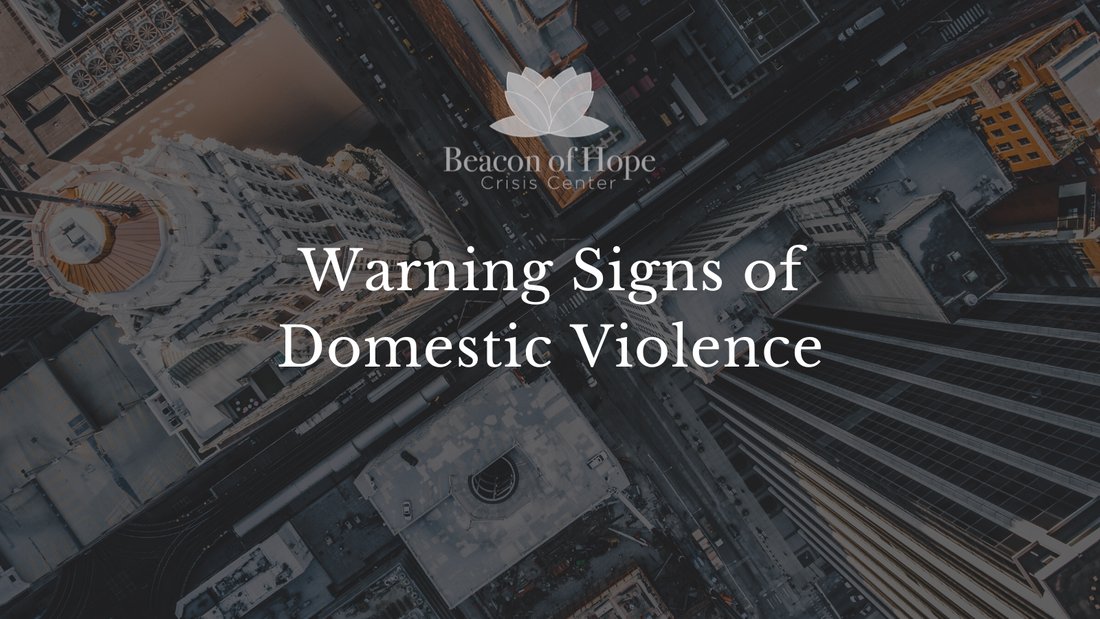
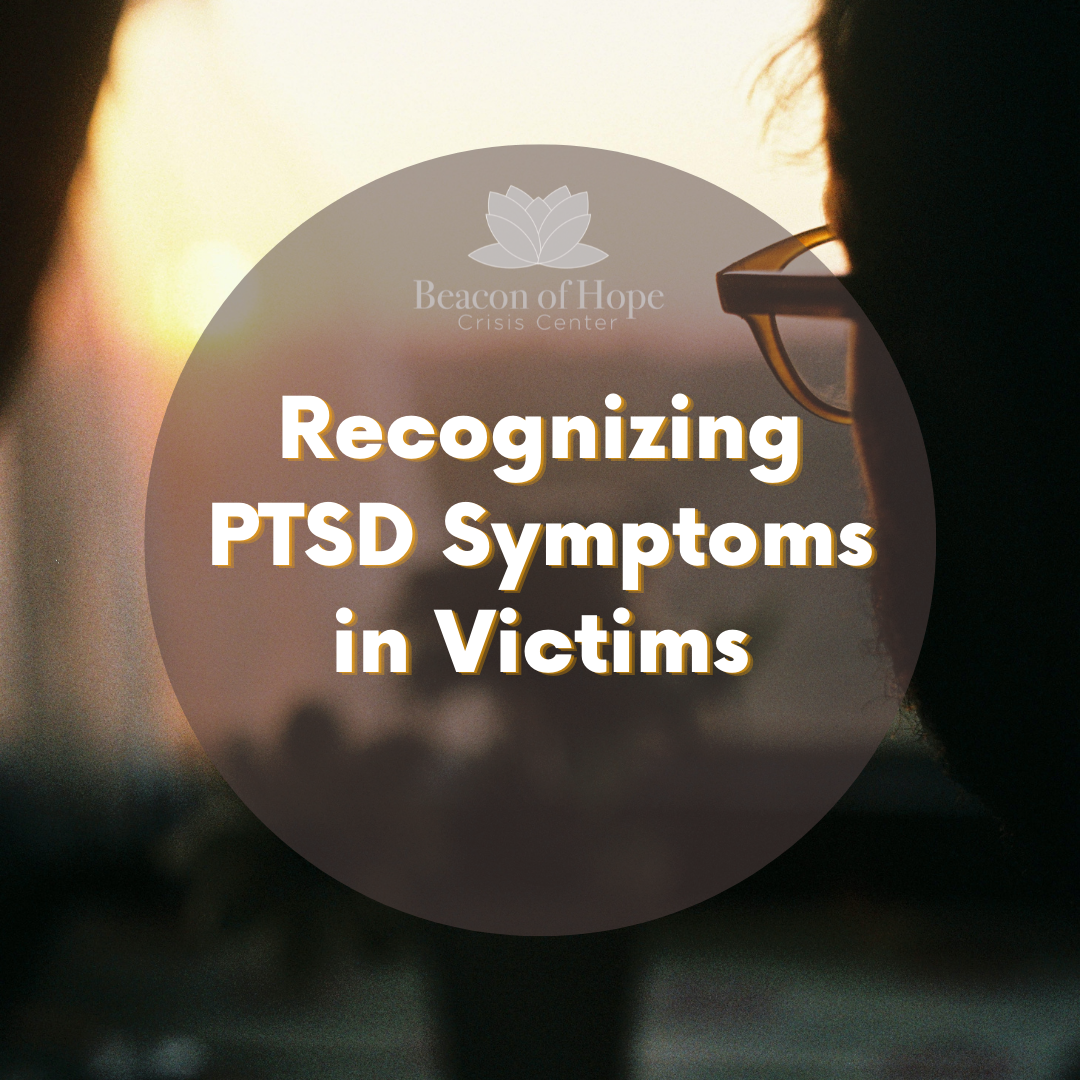
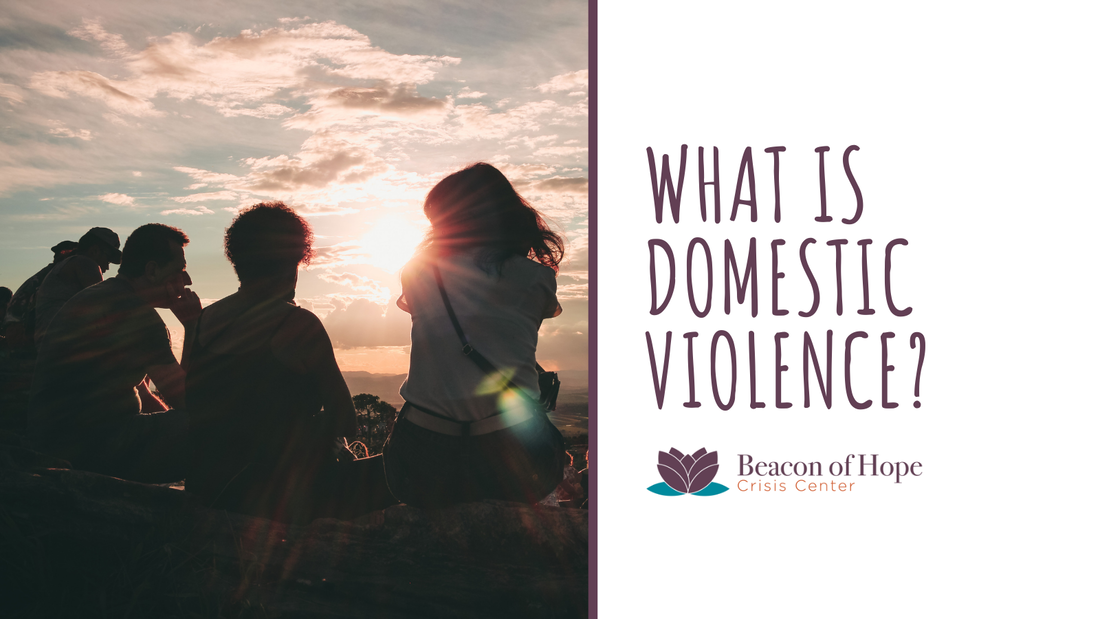
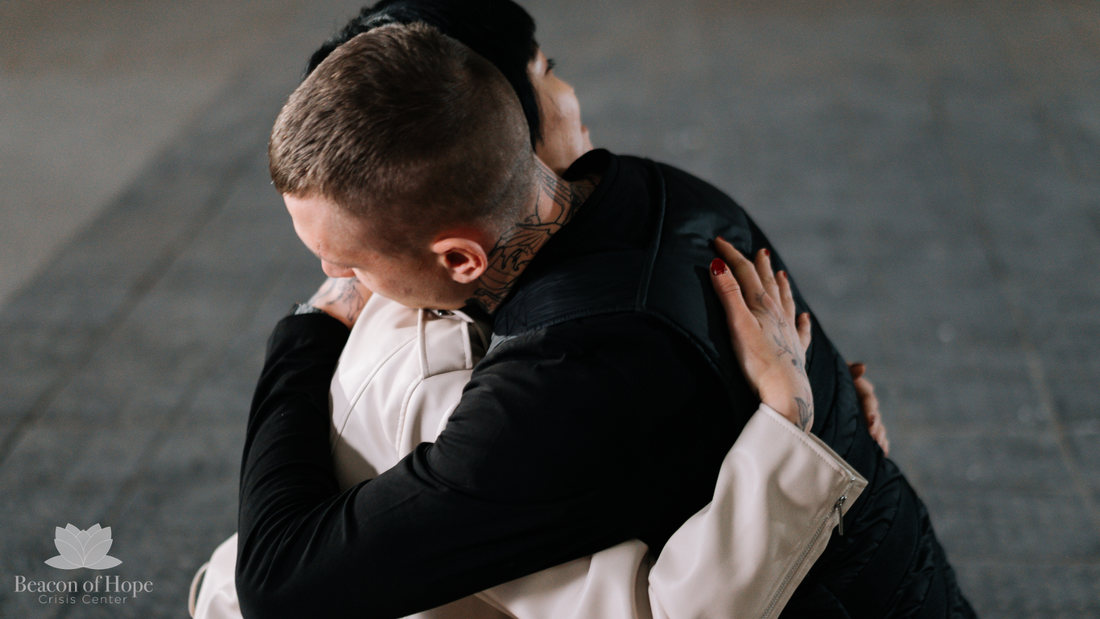


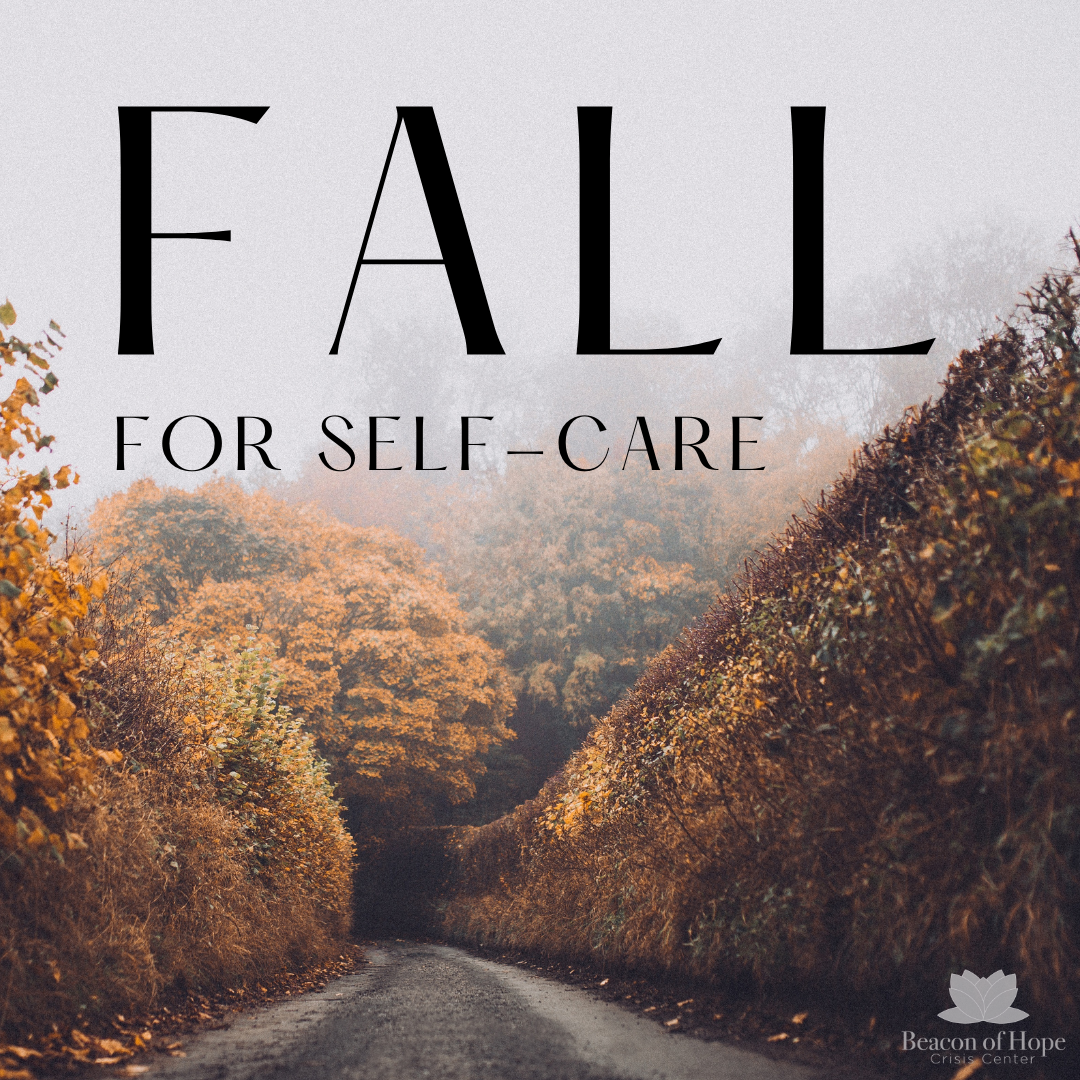
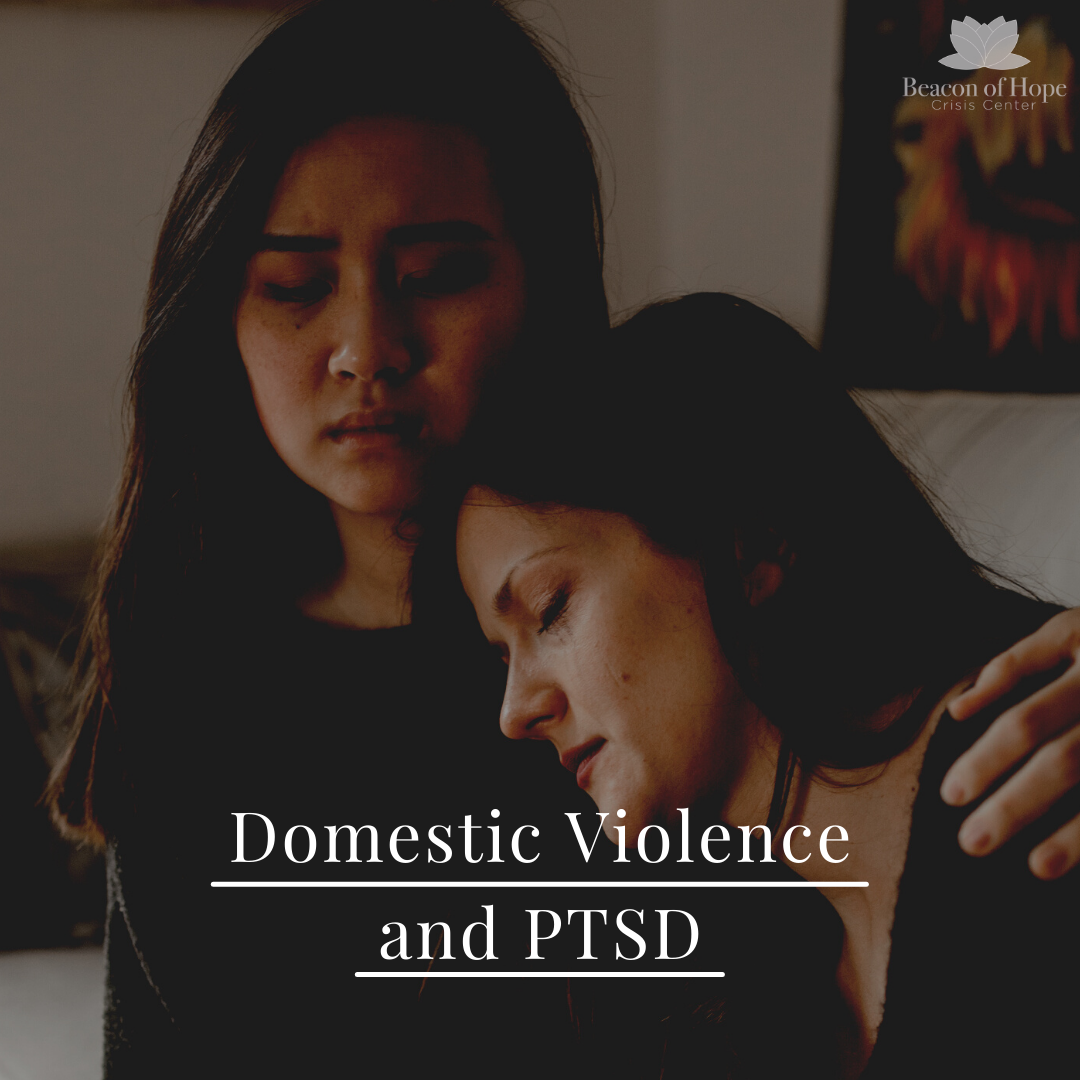
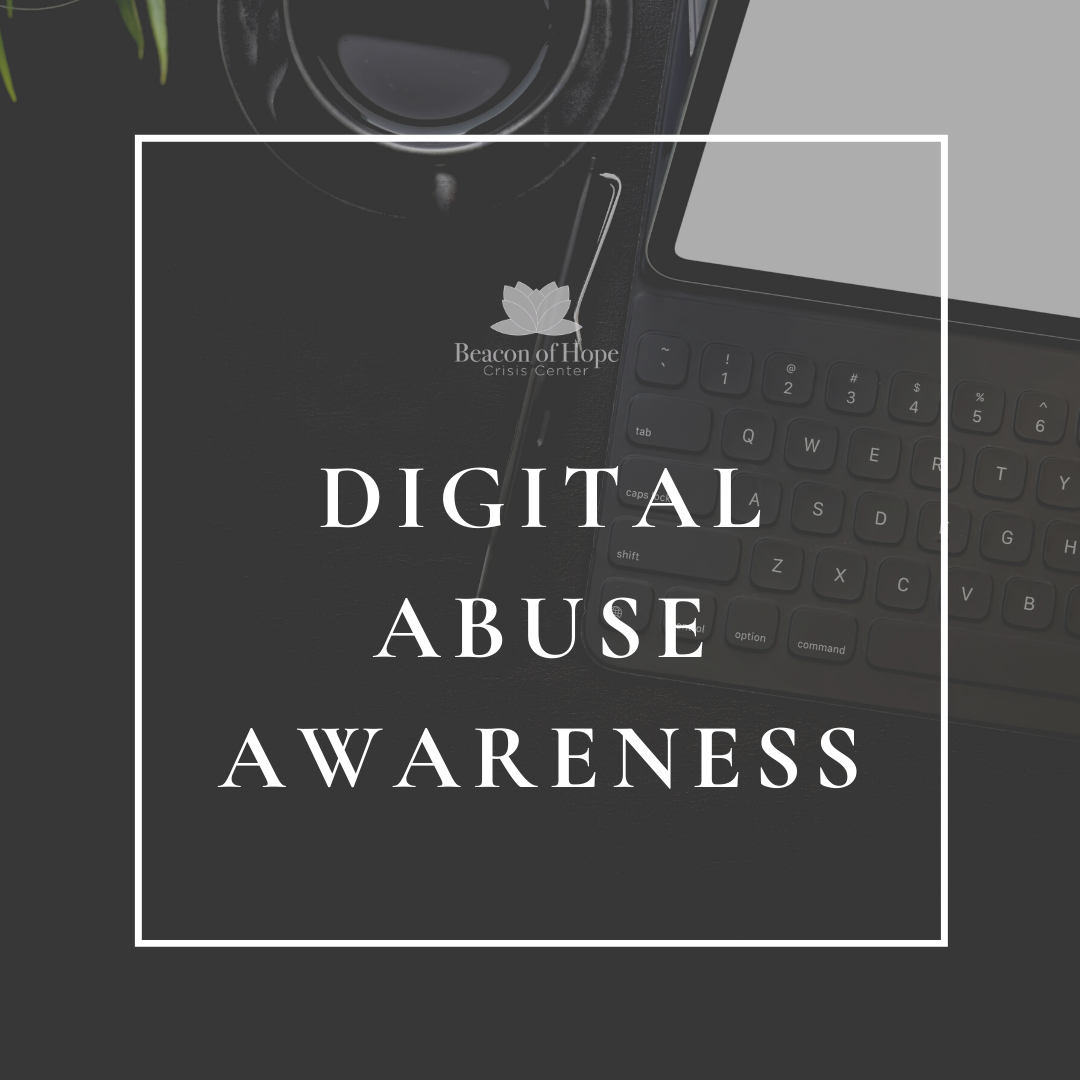
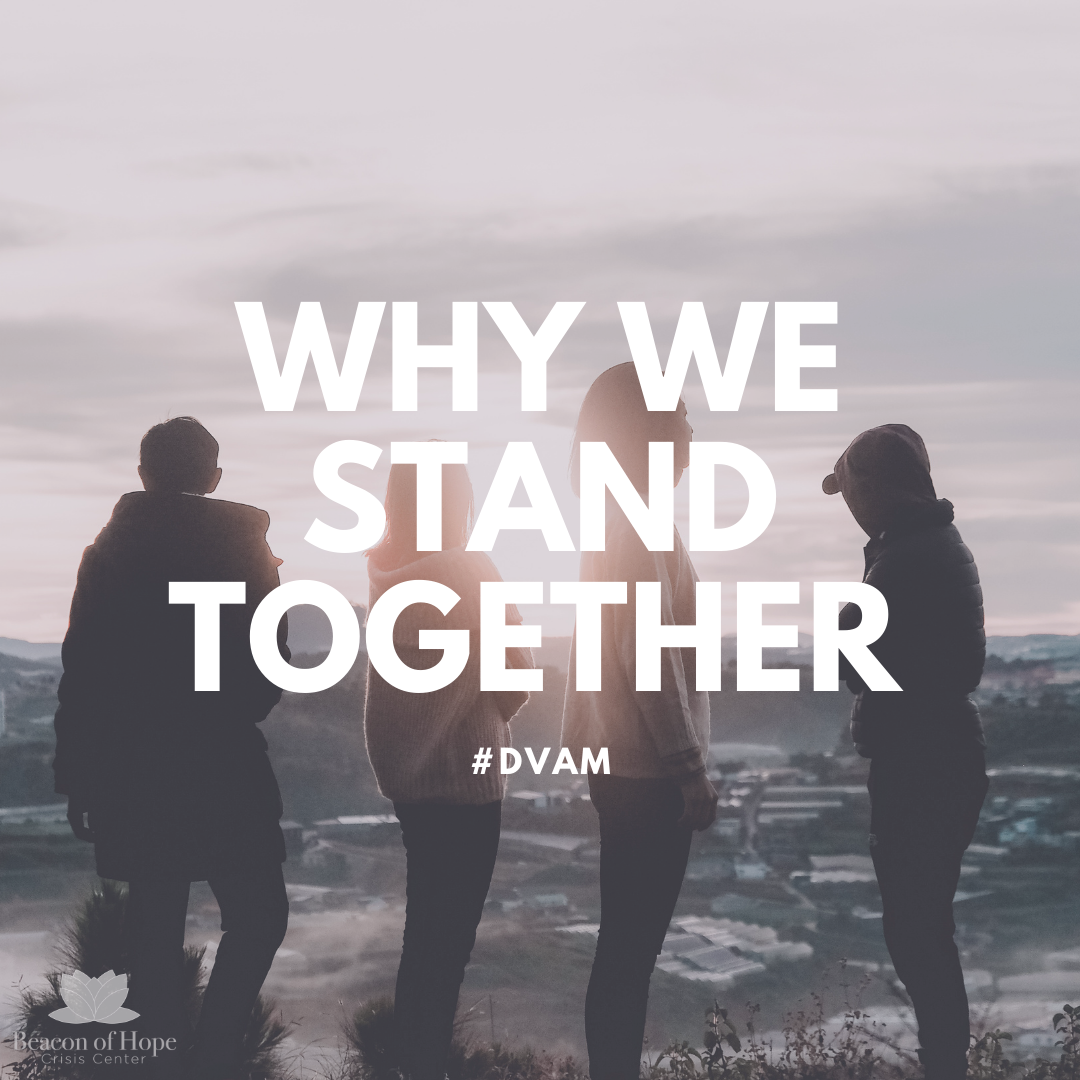
 RSS Feed
RSS Feed